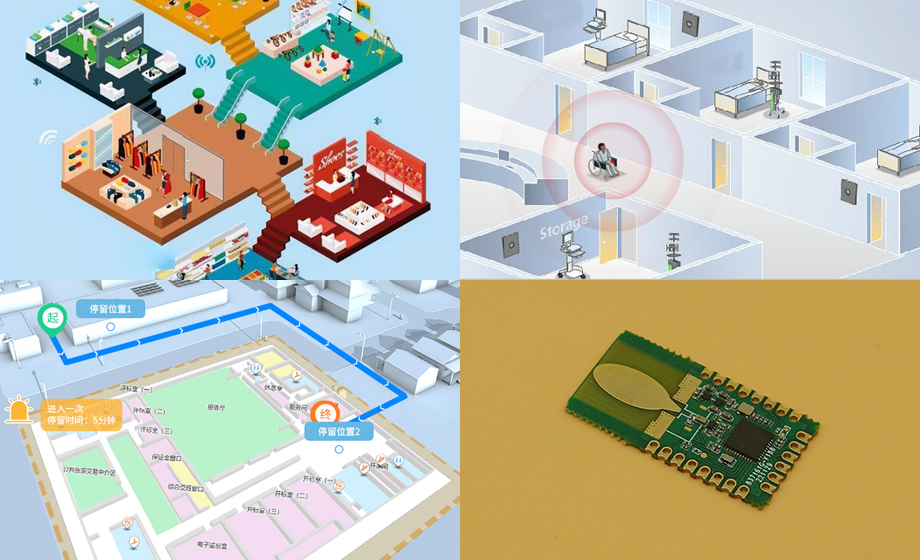The person location system is a widely used technology that can be used in many applications, such as industrial laboratories, health care, public transportation, and emergency response. These systems improve employee safety, productivity and efficiency, and have therefore become essential tools for modern enterprises. But in many personnel positioning system manufacturers, how to choose their own system?

Step 1: Goals
First, determine the goals of the people location system. These goals may include employee safety, operational efficiency, productivity and cost control, among others. Different goals require different systems and different techniques. For example, in an industrial laboratory, employee safety may be a primary concern, whereas in public transport, operational efficiency and cost control may be more important.
Step 2: Technology
When selecting a personnel location system, you need to consider the technology of the system. Common technologies include RFID, Bluetooth, infrared, and UWB. Each technology has its advantages and disadvantages, such as RFID technology, which can provide long distance and long time tracking, and ultra-wideband technology, which can provide precise location information. It's important to choose the right technology for you.
Step 3: Fees
Cost is one of the factors that must be considered when choosing a personnel location system. Different systems can vary greatly in terms of cost, so consider your budget carefully. But don't just think about the initial cost of the system. The maintenance cost, upgrade cost and labor cost of the system also need to be considered.
Step 4: Function
Different people location systems have different functions. For example, some systems can provide functions such as mapping, positioning and navigation, while others can provide functions such as entry and exit controls and security checks. To choose the right features for you, consider your needs and goals.
5. Support and services
When choosing a staff location system, it is important to consider its support and services, as these systems can face many issues and challenges. For example, the system may fail, require maintenance, or upgrade. Therefore, it is important to understand the manufacturer's support and service system to ensure that you can resolve any problems in a timely manner.
6. Data protection and privacy
The personnel location system may involve the personal information and location information of the employee. Therefore, you must ensure that the manufacturer has taken appropriate security measures to protect such sensitive information. In addition, you must ensure that your manufacturer's systems comply with data privacy legislation.
7. Ease of Use
Ease of use is also a factor to consider when choosing a person location system. Many problems can easily arise when managing and operating the system. So you must choose a system that is easy to use and learn, so that employees can get up to speed quickly and reduce labor costs.
8. Scalability
The person location system may need to be upgraded or new features added to meet future requirements. Therefore, it is important to choose systems that are scalable to avoid the need for more frequent replacement or upgrades to reduce costs and increase efficiency.
To sum up, many factors need to be taken into account when choosing a suitable personnel positioning system. However, if you carefully consider your needs and goals, and contact multiple vendors to learn about their products and services, you will eventually choose a system that you are confident in. Wherever possible, choose systems that are scalable, easy to use, with support and services, and ensure that they comply with privacy legislation and data protection requirements. By doing so, you can help improve employee safety and productivity, and increase the efficiency and profits of your business.



